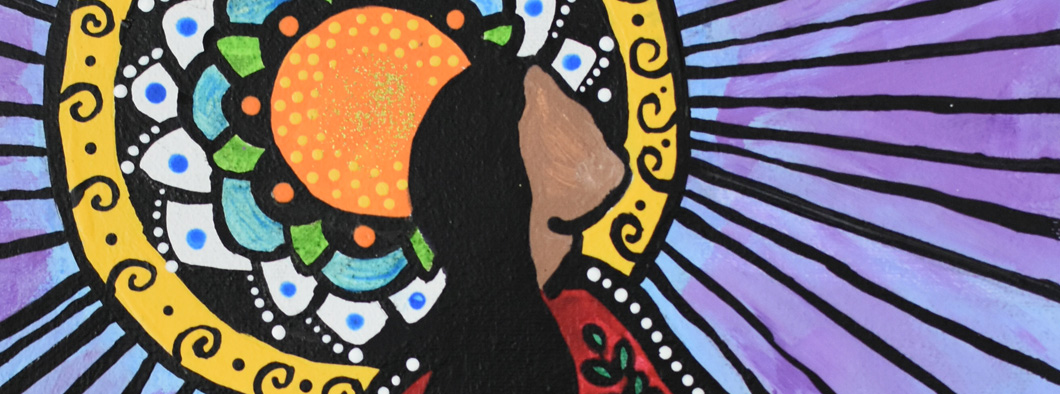Nuji-Anko’taqatijik aqq Nujeywa’tijik
Protectors and Guardians
Kinanpuwicik naka Ihkatuwicik
Theme:
Kiskuk Ta’n Teliaq
Contemporary Issues
Tokec Weskuwitasikil Eleyik
Global Competencies
Critical Thinking and Problem Solving
- Learners engage in an inquiry process to solve problems, as well as acquire, process, interpret, synthesize, and critically analyze information to make informed decisions. (Activity 1, 2 and 4)
- Learners select strategies, resources, and tools to support their learning, thinking, and problem-solving and evaluate the effectiveness of their choices. (Activity 4)
- Learners see patterns, make connections, and transfer their learning from one situation to another, including real-world applications. (Activity 1)
- Learners analyze the functions and interconnections of social, ecological, and economic systems. (Activity 4)
- Learners construct, relate and apply knowledge to all domains of life, such as school, home, work, friends, and community. (Activity 1)
- Learners formulate and express questions to further their understanding, thinking, and problem-solving. (Activity 2 and 4)
Innovation, Creativity, and Entrepreneurship
- Learners turn ideas into value for others by enhancing ideas or products to provide new-to-the-world or improved solutions to complex social, ecological, and economic problems or to meet a need in a community. (Activity 1 and 4)
- Learners enhance concepts, ideas, or products through a creative process. (Activity 3)
Self-Awareness and Self-Management
- Learners have self-efficacy, see themselves as learners, and believe that they can make life better for themselves and others. (Activity 1 and 3)
- Learners develop a positive identity, sense of self, and purpose from their personal and cultural qualities. (Activity 1)
- Learners are aware of, manage, and express their emotions, thoughts, and actions in order to understand themselves and others. (Activity 4)
Collaboration
- Learners participate in teams by establishing positive and respectful relationships, developing trust, and acting interdependently and with integrity. (Activity 1 and 4)
- Learners learn from and contribute to the learning of others by co-constructing knowledge, meaning, and content. (Activity 2)
- Learners assume various roles on the team, respect a diversity of perspectives, and address disagreements and manage conflict in a sensitive and constructive manner. (Activity 3)
- Learners foster social well-being, inclusivity, and belonging for themselves and others. (Activity 1)
- Learners demonstrate empathy for others in a variety of contexts. (Activity 1 and 4)
Communication
- Learners communicate effectively in French and/or English and/or Mi’kmaw or Wolastoqey Latuwewakon through a variety of media and in a variety of contexts. (Activity 3)
- Learners gain knowledge about a variety of languages beyond their first and additional languages; they recognize the strong connection between language and ways of knowing the world. (Activity 1 and 3)
- Learners ask effective questions to create a shared communication culture, attend to understand all points of view, express their own opinions, and advocate for ideas. (Activity 4)
Sustainability and Global Citizenship
- Learners understand the interconnectedness of social, ecological, and economic forces, and how they affect individuals, societies, and countries. (Activity 1, 2, 3 and 4)
- Learners recognize discrimination and promote principles of equity, human rights, and democratic participation. (Activity 1)
- Learners understand Indigenous worldviews, traditions, values, customs, and knowledge. (Activity 1, 2, 3 and 4)
- Learners learn from and with diverse people, develop cross-cultural understanding, and understand the forces that affect individuals and societies. (Activity 1, 2, 3 and 4)
- Learners take actions and make responsible decisions that support social settings, natural environments, and quality of life for all, now and in the future. (Activity 4)
Curriculum Outcomes
English Language Arts
Specific Curriculum Outcomes
- 1. Students will listen critically to others’ opinions or ideas and points of view (Activity 2 and 4)
- 2. Students will contribute to and respond constructively in conversation, small-group and whole-group discussion, recognizing their roles and responsibilities as speakers and listeners (Activity 1, 2, 3 and 4)
- 3. Students will identify instances of prejudice, stereotyping or bias in oral language; recognize their negative effect on individuals and cultures and attempt to use language that shows respect for all people (Activity 1, 2, 3 and 4)
- 4. Students will use pictures and illustrations, word structures, text features to locate topics and obtain or verify their understanding of information (Activity 1 and 3)
- 5. Students will increase their abilities to access information in response to their own and others’ questions (Activity 2 and 4)
- 7. Students will identify instances of opinion, prejudice, bias, and stereotyping (Activity 1, 2 and 4)
- 8. Students will use a range of strategies in writing to describe feelings, reactions, values, and attitudes (Activity 1, 2 and 4)
Health
Specific Curriculum Outcomes
- 2.1 Mental Fitness — Identify sources and signs of stress as well as ways to manage it (Activity 1 and 2)
Social Studies
Specific Curriculum Outcomes
Students will be able to:
- 5.6.1 Illustrate the similarities and differences of past societies and one’s society (Activity 1, 2, and 3)
- 5.4.2 Examine decision-making practices in First Nations communities and how they differed in what became Atlantic Canada (Activity 2)
Visual Arts
- Responding to art — Recognize that a response to art involves feelings, understanding and knowledge, e.g., medium, subject matter and composition (Activity 1 and 4)
Associated Text Materials
Grade 5 – Investigating Past Societies*
- pp. 137–138 Mi’kmaq and Wolastoqewiyik
- pp. 152–153 How Have Interactions between Societies Changed and Remained the Same?
* Although the textbook is titled “Investigating Past Societies”, it should be noted that it also deals with societies that exist now.





